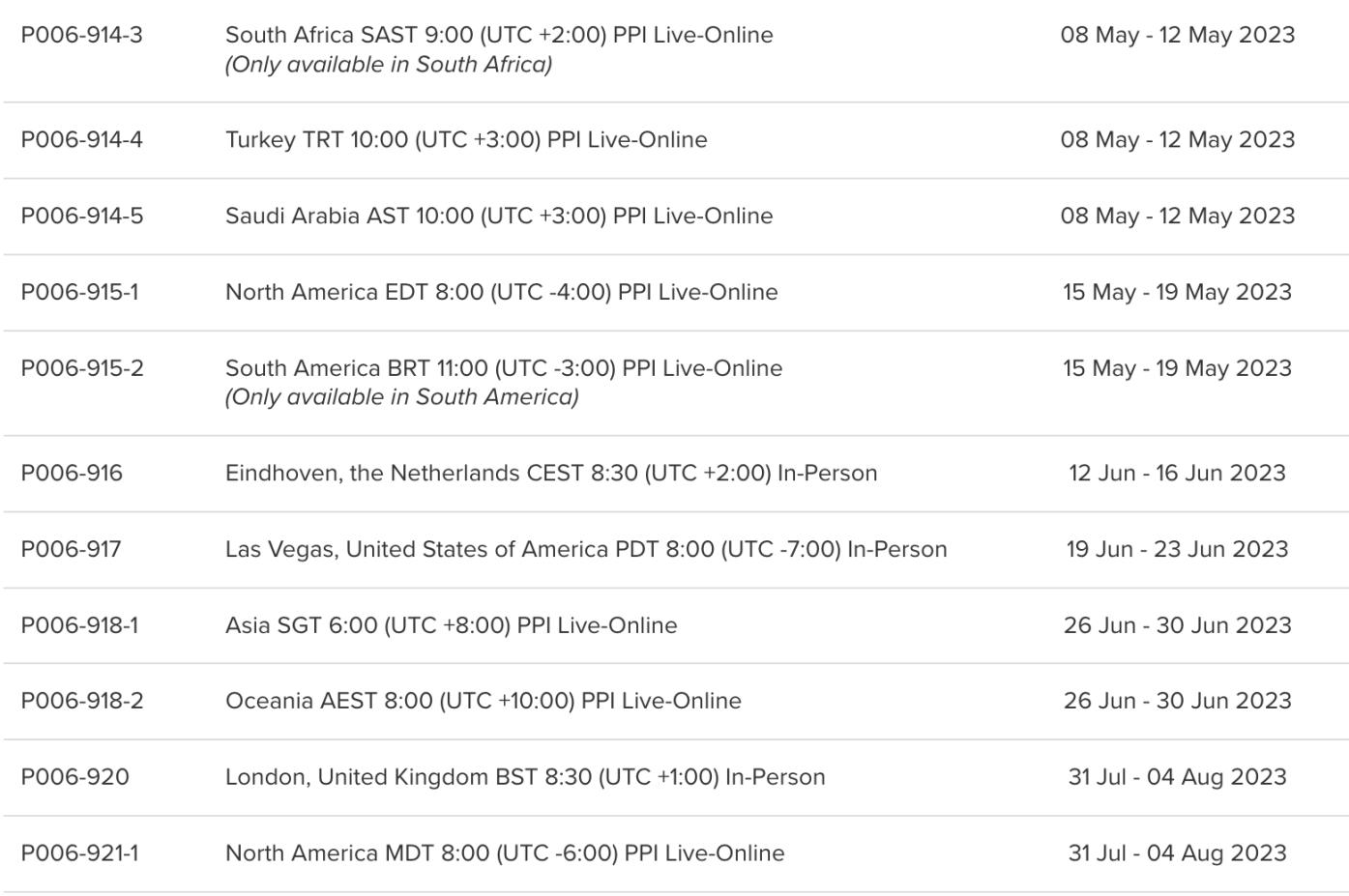
2 minute read
FEATURE ARTICLE
Ed Seidewitz

Advertisement
Ed Seidewitz is Chief Technology Officer at Model Driven Solutions, Inc., a longtime provider of enterprise and systems architecture services using model-based methods. Mr. Seidewitz has over 30 years of professional experience with the modeling, architecture, and development of systems spanning diverse domains including aerospace, finance, acquisition, and health care. Mr. Seidewitz has been active with the Object Management Group (OMG) for 20 years, including involvement in every UML Revision Task Force and with the Service Oriented Architecture Modeling Language (SoaML) and System Modeling Language (SysML) specifications. He was primary author of the Foundational Subset for Executable UML Models (fUML) and Action Language for Foundational UML (Alf) specifications and maintains open-source reference implementations for both. He was also chair of the OMG Model Interchange Special Interest Group and the Revision Task Forces for fUML, Alf, Precise Semantics of UML Composite Structures, and Precise Semantics of State Machines, and he co-led the SysML v2 Submission Team.
Click here to view the full schedule or register for an upcoming course.
Systems Engineering Resources
Useful artifacts to improve your SE effectiveness
NAFEMS Blog: Model Calibration and Model Validation - What's the Difference?
Systems Engineering In Societysystems Engineering Resources
NAFEMS, the International Association for the Engineering Modelling, Analysis and Simulation community, maintains an active and informative blog.
Check out the recent post on Model Calibration and Model Validation – What’s the Difference? In the post, Gregory Westwater and William Oberkampf, members of NAFEMS’ Simulation Governance and Management Working Group (SGCWG) distinguish the two concepts and discuss where each is most useful. View the discussion video here.
Useful artifacts to improve your SE effectiveness
Other posts from the first quarter of 2023 include:
• The Case for Reckless Engineering
Systems Engineering Resources
• Is your modelling and simulation capability up to scratch?
Subscribe to the NAFEMS blog here.
Useful artifacts to improve your SE effectiveness
NAFEMS E-Learning Courses for May – June
Systems Engineering In Societysystems Engineering Resources
NAFEMS offers a diverse range of code-independent, in-depth online training courses on engineering analysis and simulation. Upcoming courses beginning in May - June 2023 include:
Simulation of Lubricated Contacts (4 sessions; 2 May – 5 June)
This course is designed to develop skills and knowledge in simulating lubricated contacts using numerical methods. Lubricated contacts form a lubricant film which completely or partially separates contacting surfaces.
Useful artifacts to improve your SE effectiveness
Introduction to Practical CFD (3 sessions; 12 May – 2 June)
This course offers attendees the fundamental knowledge for using Computational Fluid Dynamics (CFD) in real-life engineering applications. Through a simple and moderately technical approach, this course describes the steps in the CFD process and provides benefits and issues for using CFD analysis in understanding of complicated flow phenomena and its use in the design process.
Systems Engineering Resources
Useful artifacts to improve your SE effectiveness
Introduction to Dynamics using FEA (6 sessions; 16 May – 20 June)
This 6-session, live online course will cover a range of topics, all aimed at structural designers and engineers who are moving into the area of dynamic analysis.
Metals Material Modelling: Plasticity (3 sessions; 17-31 May)
Systems Engineering In Societysystems Engineering Resources

The course covers plasticity theories that are widely used to analyze practical engineering applications in metals. Mathematical formulations and equations are intentionally kept to a minimum. Emphasis will be placed on how engineering design incorporates these theories and how the FE method models plasticity. Difficulties encountered by both the FE user and the FE software in modelling plasticity will be highlighted using many examples to demonstrate plastic behavior and how to assess the accuracy
Useful artifacts to improve your SE effectiveness




